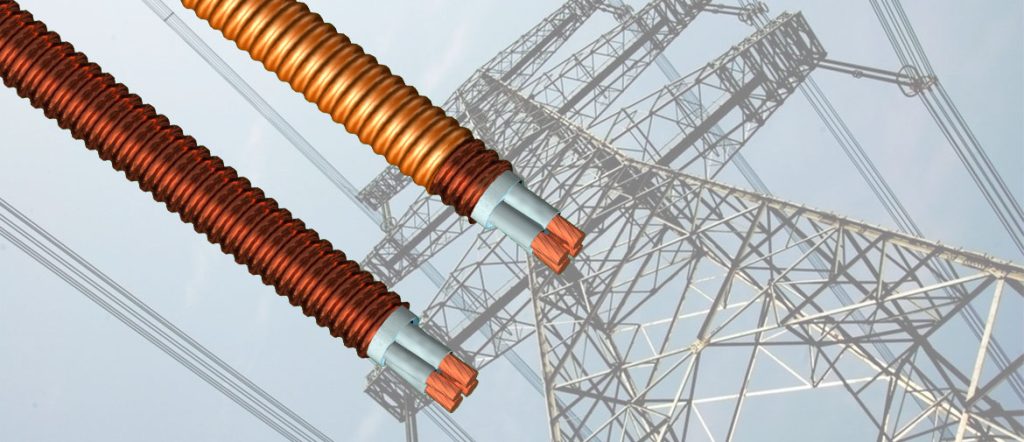Introduction:
In the world of electrical engineering and industrial applications, the choice of cables plays a crucial role in ensuring safe and efficient operations. Among the various types of cables available, rubber insulated control cables have gained widespread popularity due to their unique properties and versatile applications. In this article, we will delve deep into the world of rubber insulated control cables, exploring their benefits, applications, and best practices for installation and maintenance.
1. Understanding Rubber Insulated Control Cables:
Rubber insulated control cables are a type of electrical cable that consists of multiple conductors insulated with rubber material. The rubber insulation provides excellent flexibility, durability, and resistance to various environmental factors such as moisture, chemicals, and extreme temperatures. These properties make rubber insulated control cables suitable for a wide range of applications in industries such as manufacturing, automation, and infrastructure.
2. Benefits of Rubber Insulated Control Cables:
2.1 Flexibility: One of the key advantages of rubber insulated control cables is their high flexibility, which allows for easy installation in tight spaces and complex configurations. The flexibility of these cables also makes them ideal for applications that require frequent bending and movement.
2.2 Durability: Rubber insulation provides excellent mechanical strength and resistance to abrasion, making rubber insulated control cables highly durable and long-lasting. This durability ensures reliable performance in harsh industrial environments and reduces the need for frequent maintenance and replacement.
2.3 Environmental Resistance: Rubber insulated control cables are resistant to moisture, chemicals, oils, and extreme temperatures, making them suitable for use in a wide range of environmental conditions. This resistance helps prevent cable degradation and ensures consistent performance over time.
2.4 Electrical Performance: Rubber insulated control cables offer excellent electrical performance, including low voltage drop, high insulation resistance, and minimal signal interference. These cables are capable of transmitting power and control signals efficiently, making them ideal for critical applications that require reliable communication.
3. Applications of Rubber Insulated Control Cables:
3.1 Industrial Automation: Rubber insulated control cables are commonly used in industrial automation systems to connect control panels, sensors, actuators, and other devices. overhead power line risk assessment and durability of these cables make them ideal for high-speed and high-precision applications in manufacturing and processing industries.
3.2 Construction and Infrastructure: Rubber insulated control cables are widely used in construction and infrastructure projects to provide power and control connections for lighting, HVAC systems, security cameras, and other equipment. The environmental resistance of these cables makes them suitable for outdoor and underground installations.
3.3 Transportation: Rubber insulated control cables play a crucial role in the transportation sector, providing power and communication connections for vehicles, trains, and infrastructure systems. These cables are designed to withstand vibrations, mechanical stress, and temperature variations commonly encountered in transportation applications.
3.4 Renewable Energy: Rubber insulated control cables are essential components in renewable energy systems such as solar panels and wind turbines. These cables facilitate the transmission of power generated by renewable sources to the grid, enabling efficient and sustainable energy production.

4. Installation and Maintenance Best Practices:
4.1 Proper Cable Routing: When installing rubber insulated control cables, it is essential to follow proper cable routing practices to minimize stress on the cables and ensure optimal performance. Avoid sharp bends, excessive tension, and contact with sharp edges or moving parts.
4.2 Cable Protection: To protect rubber insulated control cables from mechanical damage and environmental factors, use cable trays, conduits, and cable glands as needed. Proper cable protection measures will prolong the lifespan of the cables and prevent premature failure.
4.3 Regular Inspection: Periodic inspection of rubber insulated control cables is essential to detect any signs of wear, damage, or degradation. Inspect cable connections, insulation integrity, and cable trays regularly to identify potential issues and address them promptly.
4.4 Maintenance Schedule: Develop a maintenance schedule for rubber insulated control cables based on the manufacturer's recommendations and industry standards. Perform routine maintenance tasks such as cleaning, lubrication, and tightening of connections to ensure optimal cable performance.
5. Conclusion:
Rubber insulated control cables are versatile and reliable electrical cables that offer numerous benefits for a wide range of industrial applications. Their flexibility, durability, environmental resistance, and excellent electrical performance make them an ideal choice for demanding environments where reliable power and control connections are essential. By understanding the benefits, applications, and best practices for installation and maintenance of rubber insulated control cables, engineers and technicians can ensure safe and efficient operations in various industries.
In conclusion, rubber insulated control cables are a valuable asset in modern electrical systems, providing the necessary connectivity and performance to meet the demands of today's industrial landscape. By harnessing the unique properties of rubber insulation, these cables offer a reliable and cost-effective solution for powering and controlling critical equipment and systems.
